Given the current recession, many people may have fallen on hard tax times. Experienced accountants have many tips and tricks up their sleeves to maximize client savings, which can help their clients to bolster their business and protect shareholder relationships for the future. This article will let you in on some expert accounting advice on how to get the most out of the tax-free benefits associated with capital dividends accounts.
How do capital dividends accounts work?
A capital dividends account (CDA) is a special type of tax account owned by private corporations. When the CDA is in the black, it provides shareholders with tax-free capital dividends.
The status of the CDA is subject to the capital gains and losses made by the company. The dividends paid out of the account come from the gains made by the company for selling their assets — such as property — as opposed to their regular business revenue. More specifically, the dividends come from the portion of the capital gains sale that isn’t subject to tax, which is generally 50% of the gain, at 2020 rates. Therefore, the CDA increases by 50% of every capital gain.
Capital gain and capital loss basics
Whenever a corporation sells assets, the associated gains or losses have tax consequences. Capital gains or losses are effectively the difference between the original cost value of an asset, compared with the selling price of the asset upon disposal. It is calculated through the adjusted cost base of the asset, and also takes into account any expenses associated with the sale. A negative difference is equal to a capital loss, which can be used to depreciate other capital gains. If the difference is positive, it is a capital gain and a portion of this is taxable. Where possible, an election pursuant should be applied for, to secure the transaction on a capital account. Wherever losses or gains are made on these capital accounts, they will either be taxable as a capital gain at 50% or an allowable capital loss.
Taxpayers can use allowable capital losses, non-capital losses and allowable business losses from one tax period to reduce income from taxable capital gains in the next tax period. Any unapplied allowable taxable capital losses can carry back their excesses retroactively for up to three years or even carry forward infinitely. While these losses do not incur income tax liability for the corporate seller, the financial implications for the corporation are subject to the structure of the transaction. For example, if the sale is set up so that the CDA is maximized, the capital losses can lead to the loss of tax-free dividends.
Why is it important to correctly structure a CDA?
In times of economic security, it’s easy to simply let the good times roll and pay little attention to your CDA. After all, when capital losses are at their minimum, or sale of assets is only small, corporations often have little concern about how capital transactions will affect shareholder’s tax-free benefits.
However, if you want to have the long-term trust of your shareholders, it’s vital to structure your CDA for maximum savings during times of hardship. Not only will your shareholders place more trust in the economic stability of your company, but you will also demonstrate the value you can provide when it matters most. Although CDA structuring is a complicated process, the following guidelines provide a basic overview of important considerations in CDA planning.
When is a distribution treated as a CDA dividend?
The main benefit of a CDA is that it lets corporations make non-taxable distributions to shareholders, which would otherwise be taxed. There are certain criteria that distributions must meet to be treated like a dividend:
- The distribution should be registered with the Canada Revenue Agency using a T2054 form; and,
- The distribution should be declared by a director as a CDA Dividend as specified by Regulation 2101; and,
- Before the CDA dividend is declared, a calculation of the corporation’s CDA must be made immediately beforehand.
How is a corporation’s CDA calculated?
Several different factors contribute towards a corporation’s CDA, and can include:
- The gross capital gains of the corporation over time
- The insurance proceeds
- CDA Dividends from other corporate entities
The gross capital gains of a corporation are calculated since 1971, which is when the legislation for capital gains was introduced. December 31st, 1971 is the ‘valuation day’ against which increases in assets are measured. If the corporation was incorporated after this, then the valuation day is taken from that date. The gross capital gains are calculated cumulatively since this valuation date through the following process:
- First, the non-taxable percentage of the corporation’s capital gains are added, which is currently set at 50%
- The non-taxable percentage of the corporation’s capital losses are subtracted, which is currently set at 50%
Capital losses, therefore, reduce the gross capital gains of a corporation, which reduces the amount of tax-free dividends that can be produced by a CDA.
Strategic CDA planning
Because capital losses can affect CDA Dividends, corporations should seek to time their capital losses in a way that will allow them to establish liquid gross capital gains that will provide CDA Dividends. One such example of a strategic CDA plan would be to dispose of corporate holdings with unrealized capital gains, declaring CDA Dividends and realizing their capital losses. The specific timing of these steps can have significant tax implications for shareholders — totaling hundreds of thousands of dollars in some cases.
Key Takeaways on CDA planning
When planning your CDA, there are many complicated factors and timing considerations that must be made to maximize the CDA. Consult us for an experienced accountant during this crucial decision-making process, to avoid realizing capital losses that can seriously damage your ability to pay CDA Dividends. An expert advisor can help you to plan your capital gains to maximize tax savings and protect your relationship with shareholders.
